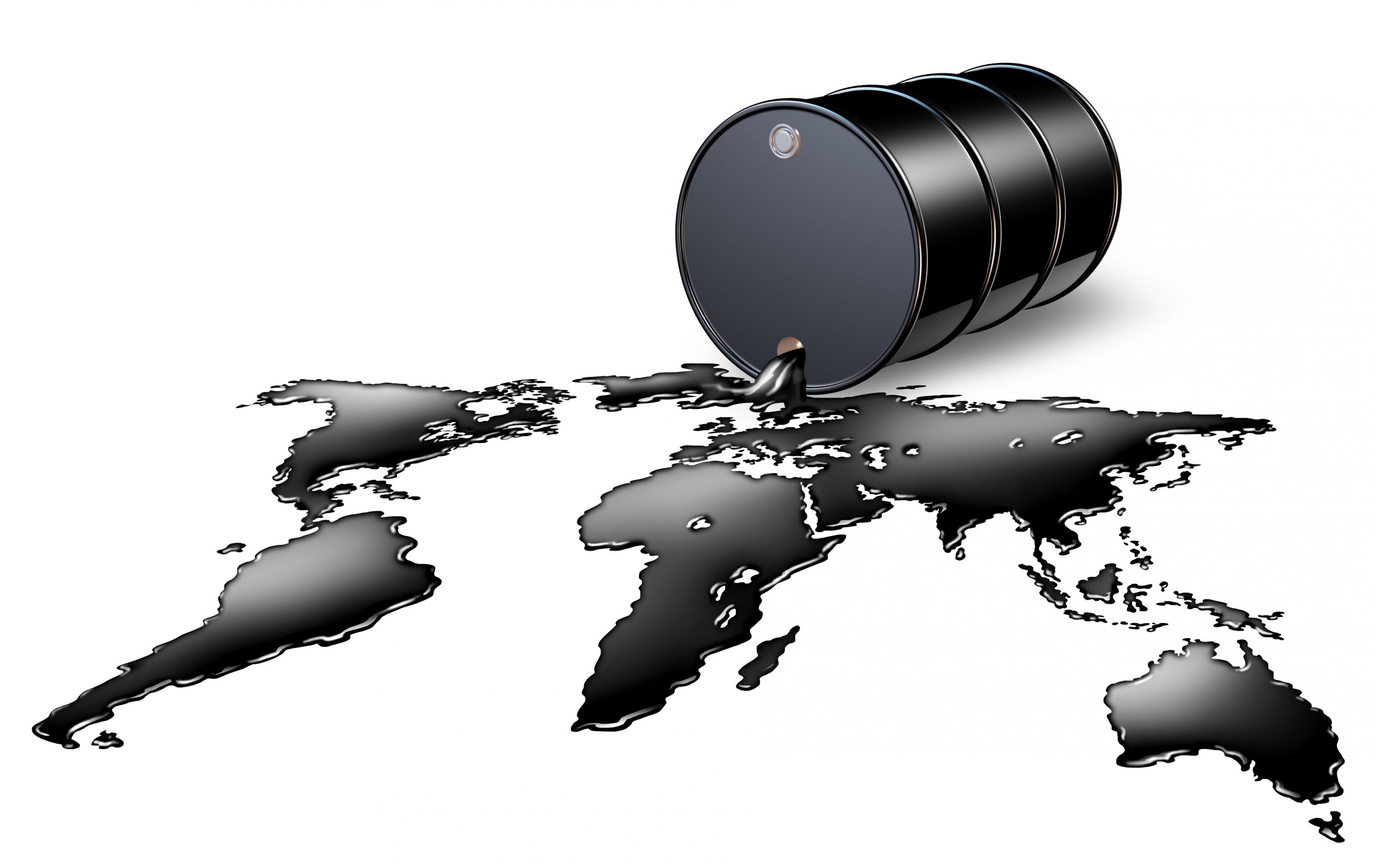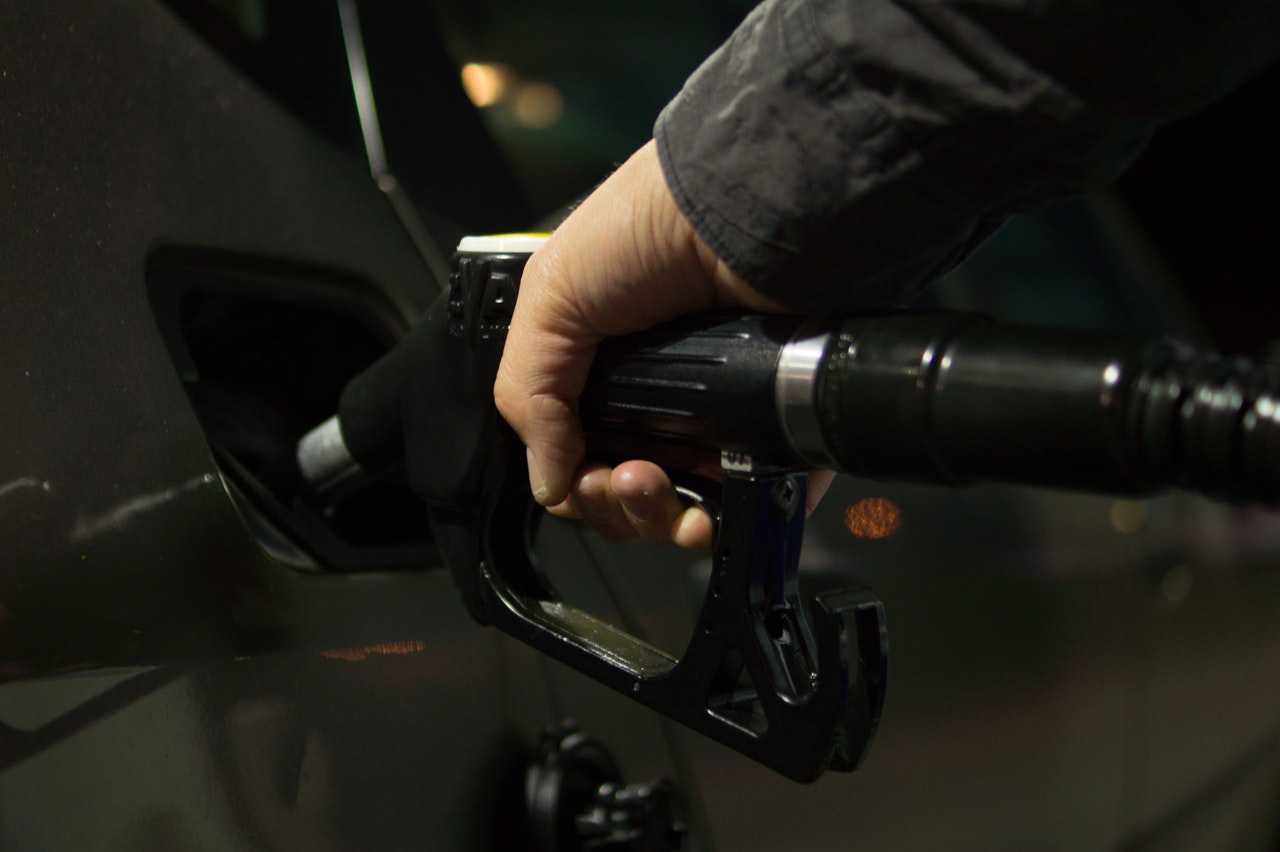
‘To electrify the world’s transport’
Mission
Oil is in trouble
Our world faces interlinked and intractable transport challenges
Oil supply is in natural decline – we passed the point of ‘Peak Oil’ in 2020
Demand for power continues to rise
Carbon emissions are harmful to the environment
Our climate is changing around us
Our current oil-based fuels harm the environment
They increase carbon emissions and contribute to climate change
Exhaust pipes* release soot, which is a major driver of global warming, into the atmosphere
Oil is in any case a finite resource – and is running low
Global oil production is under pressure while demand continues to rise
The resulting ‘Supply Gap’ means we are now running down strategic reserves of oil
Diesel and petrol prices are therefore on a rising trend with industry insiders warning the oil price could hit USD200 per barrel (three times the current level) during 2023 – see:
- https://www.bing.com/videos/search?q=a+crude+awakening+the+oil+crash+2006&&view=detail&mid=4964D78685E5C70D27824964D78685E5C70D2782&&FORM=VDRVSRhttps://www.bing.com/videos/search?q=a+crude+awakening+the+oil+crash+2006&view=detail&mid=4964D78685E5C70D27824964D786 85E5C70D2782&FORM=VIRE
- https://www.abc.net.au/catalyst/oil-crunch/11012836
Petrol and diesel are no longer the answer
The cycle of oil discovery and exploitation is not sustainable – existing reserves are being run down while new reserves are becoming scarcer and less economic
In the meantime – global demand continues to grow inexorably while climate and environmental degradation become ever more acute
And, yet, we still depend on oil for our transport needs
Our society is critically dependent on petrol and diesel for passenger, commercial and industrial transport
Without affordable petrol and diesel we would have no personal mobility, delivery of food and consumer goods to the shops would cease, and industrial supply chains would freeze up
Transport consumes huge quantities of petrol and diesel while extracting only a modest portion of the fuel’s total energy value
Indicative fuel consumption for different kinds of vehicle is shown below
| Vehicle Type | Fuel | Indicative Consumption | ||
| litres/100 km | mpg – UK | mpg – US | ||
| Mid-sized family car | petrol | 8 | 35 | 29 |
| Light commercial van | diesel | 11 | 26 | 21 |
| Heavy industrial truck | diesel | 30 plus | up to 9.5 | up to 8 |
We’ve already got a climate crisis and now have a looming oil crisis too
The collision of rising energy demand, declining oil reserves, rising fuel prices and accelerating climate change is taking us to the edge
A 50% increase in the cost of fuel (from prices current in August 2021) would see prices rise as shown below:
- In Australia to around AUD2.30 per litre for petrol and close to AUD2.20 per litre for diesel
- In the UK close to GBP2.00 per litre (GBP9.00 per imperial gallon) for both petrol and diesel
- Even in the US to around USD1.40 per litre (USD5.30 per US gallon) for petrol and not much less for diesel
Put another way – this increases the fuel bill for a heavy commercial vehicle driving from Sydney to Brisbane or Melbourne by AUD1,000.
Fuel price increases of 50% pale into insignificance if, as some industry insiders are predicting*, oil prices go to over USD100 (or higher) per barrel* – see links under ‘Oil is a finite resource – and is running low’.
The transport system as we know it starts to grind to a halt when oil prices go over $150/barrel.




